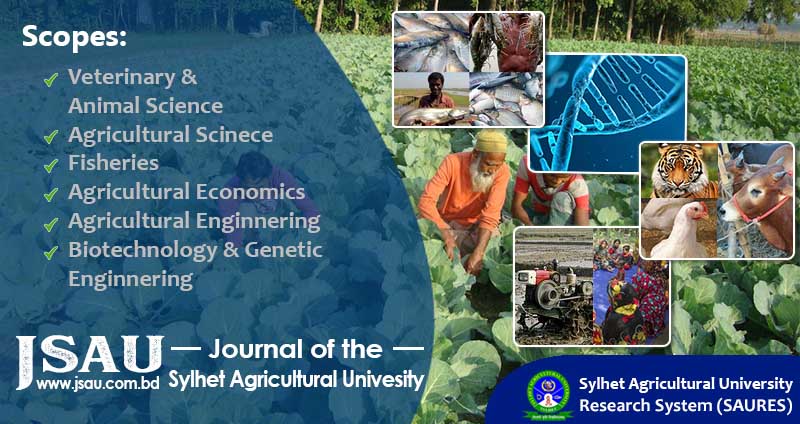Assessing socioeconomic vulnerability and adaptive strategies in the Nikli haor community of Bangladesh: A descriptive approach
In Bangladesh, climate change variations have made haor communities more vulnerable in socioeconomic aspects. Thus, people face several hazardous situations and take adaptive measures to counter this socioeconomic vulnerability. This present study aimed to thoroughly understand these issues and portray the socioeconomic vulnerability conditions and adaptive measures taken among households in Nikli haor communities in the Kishoreganj district. A multistage cluster sampling technique was used to collect 120 samples data from six villages in Nikli haor. Descriptive statistics were used to present the socioeconomic status and the socioeconomic vulnerability index was used to find out the most common and severe vulnerability issues. Among study findings, 93% of respondents were found to be literate and 54% of them had medium household size. The majority of the sampled respondents were engaged in farming activities and 72% of respondents had small farms. Flash floods and settlement erosion were found to be ranked primary vulnerabilities among haor communities. The study revealed that the Nikli haor community had taken several adaptive measures to cope with the challenges posed by climate change and socioeconomic vulnerabilities. The findings suggest that the community has embraced a diversified livelihood strategy, with homestead gardening and changes in crop patterns emerging as significant adaptive strategies. However, the reliance on migration and asset sales raises concerns about the long-term viability of certain coping mechanisms. So, in light of these research findings, valuable steps might be taken to minimize these worsening situations.
Keywords: Haor, Vulnerability Index, Climate Change, Adaptive Measures


